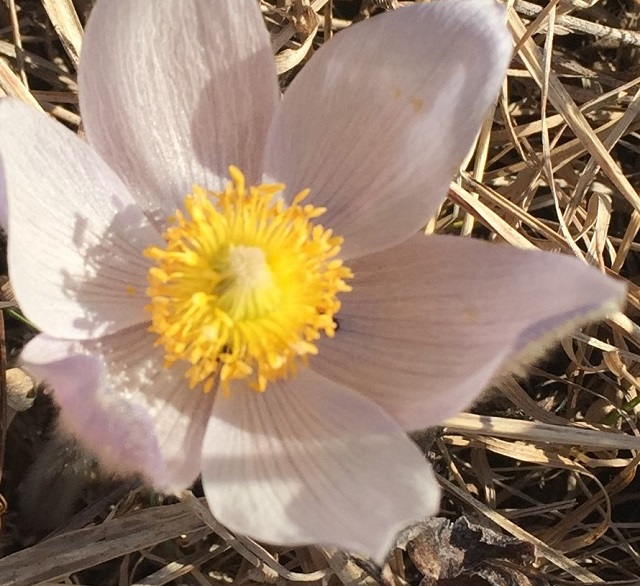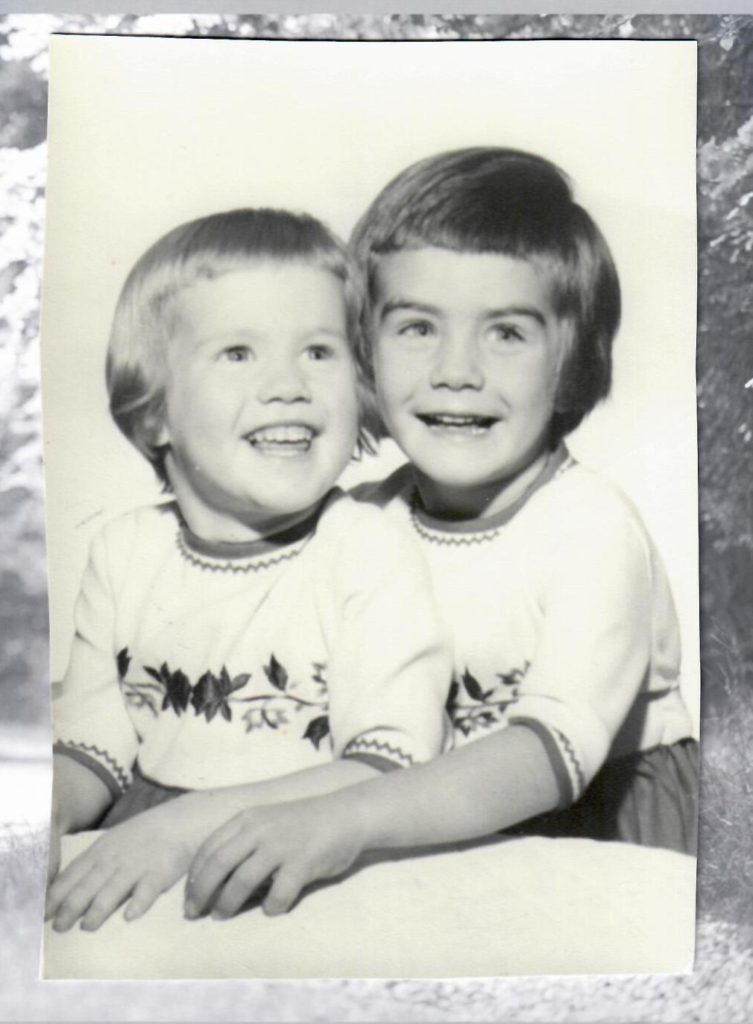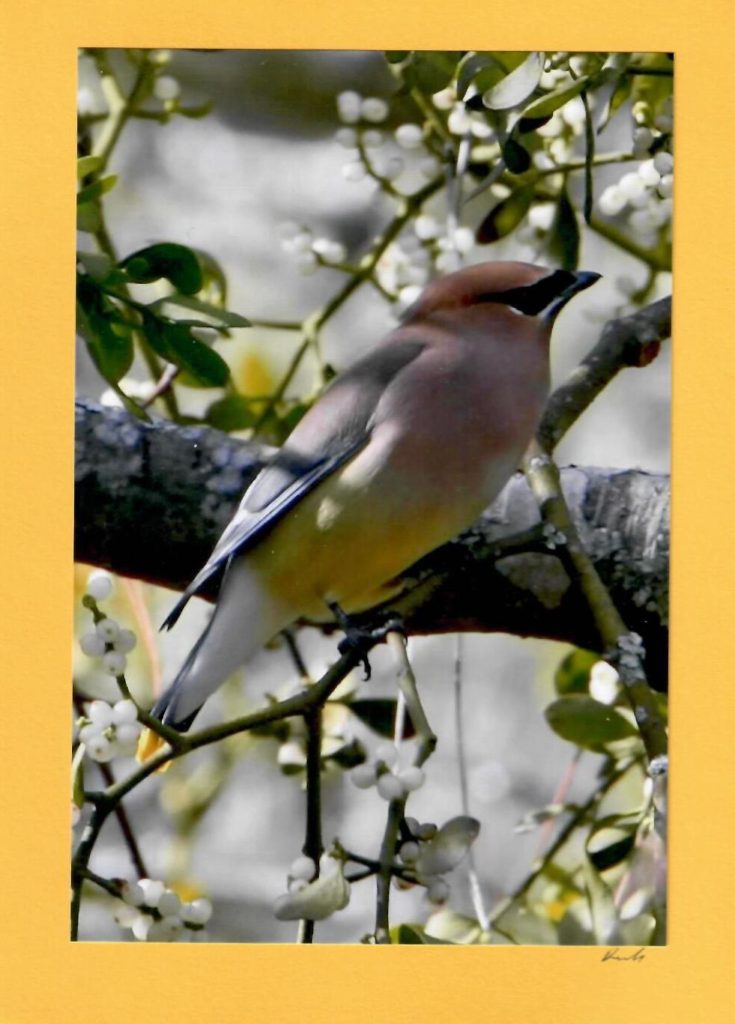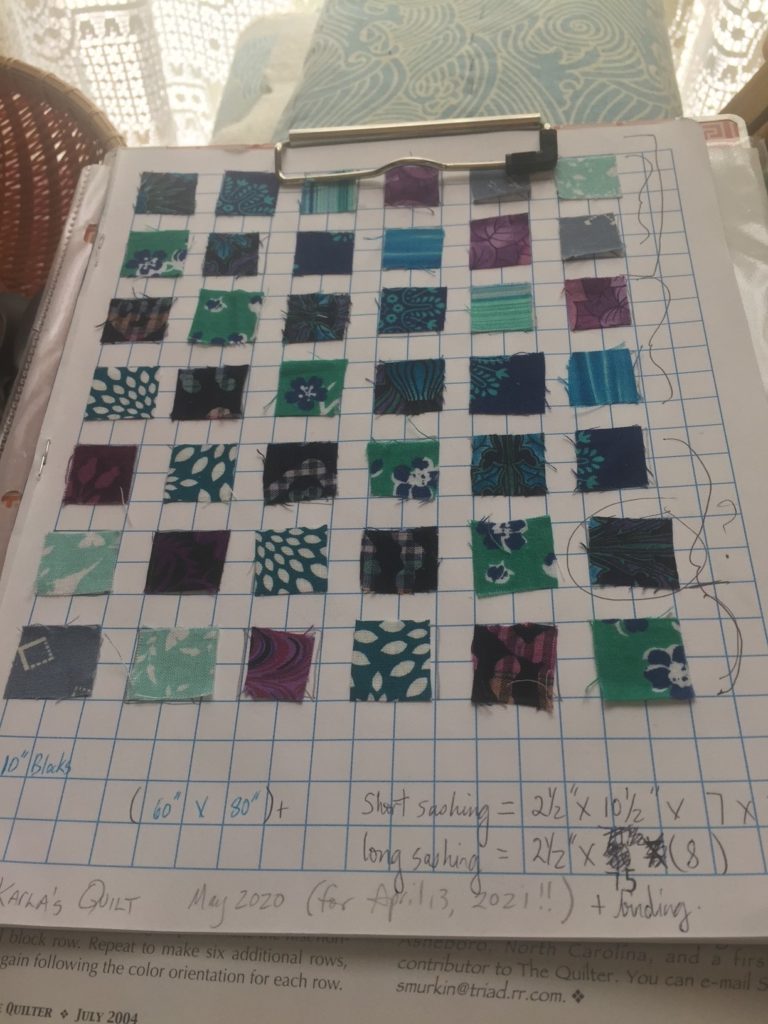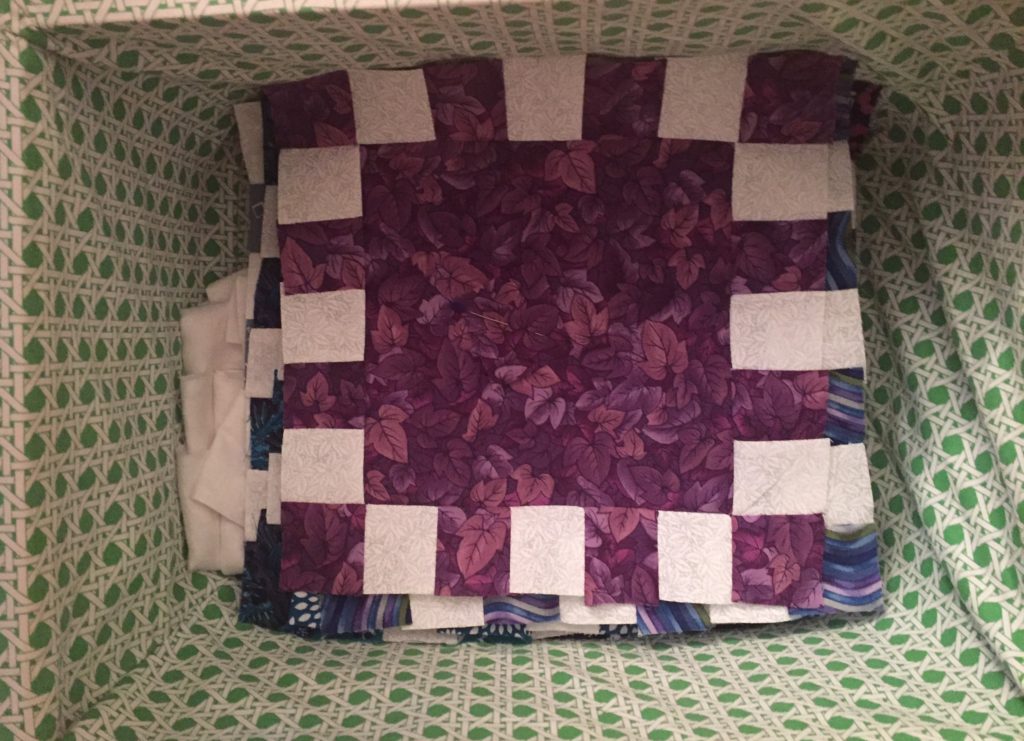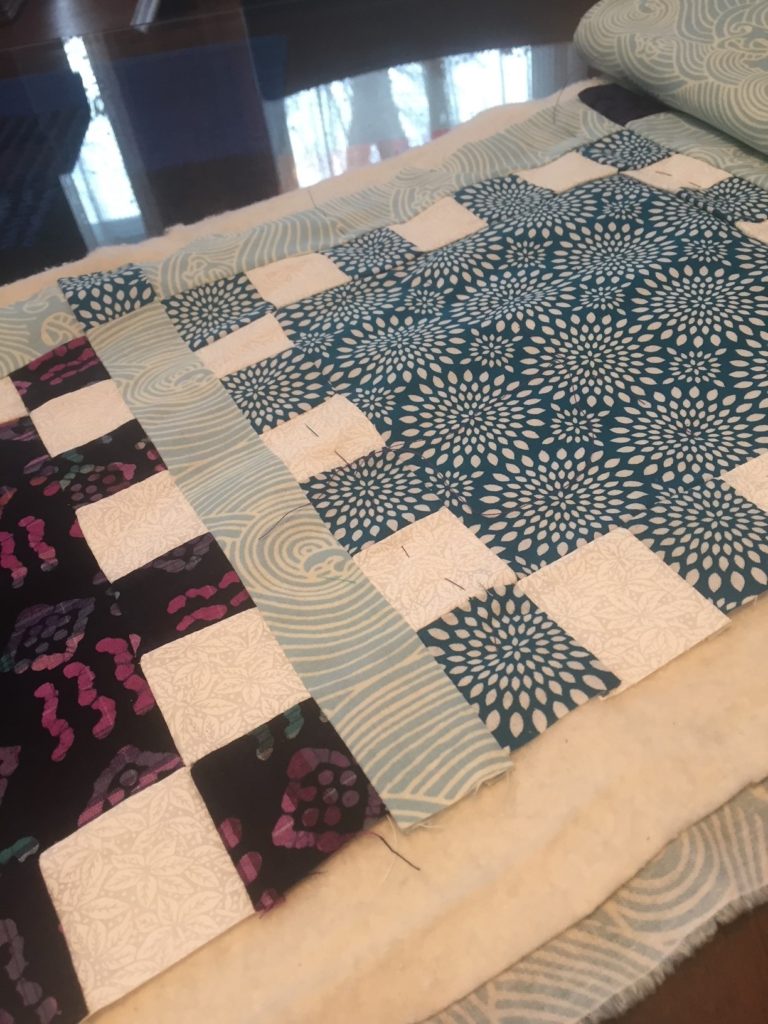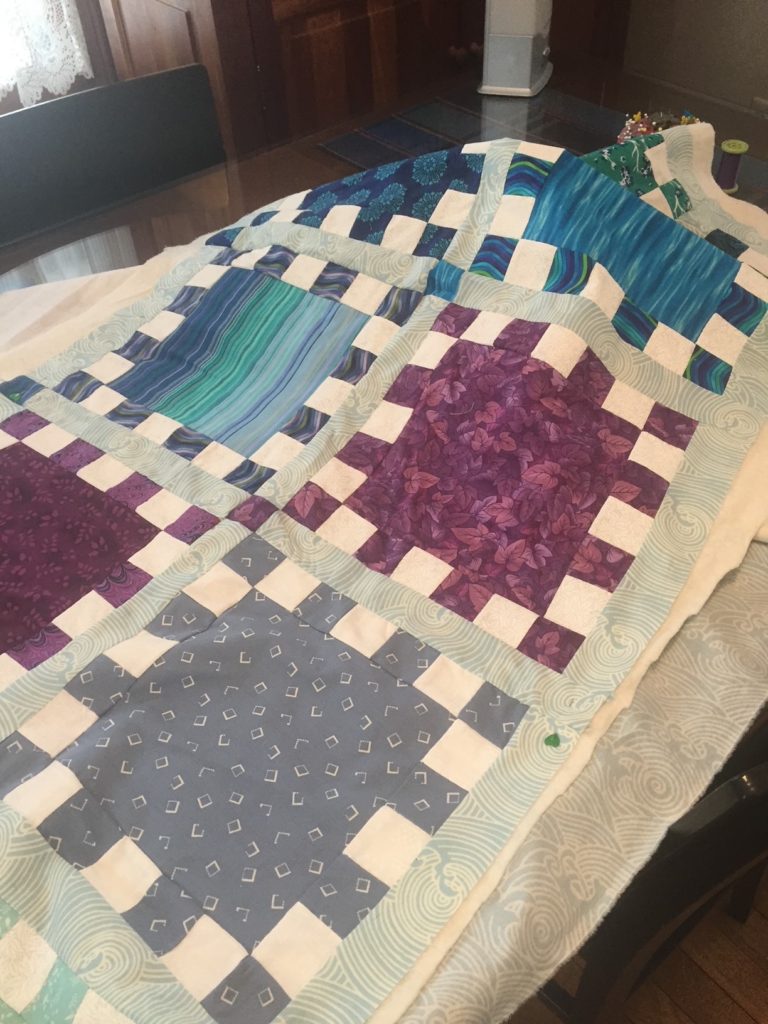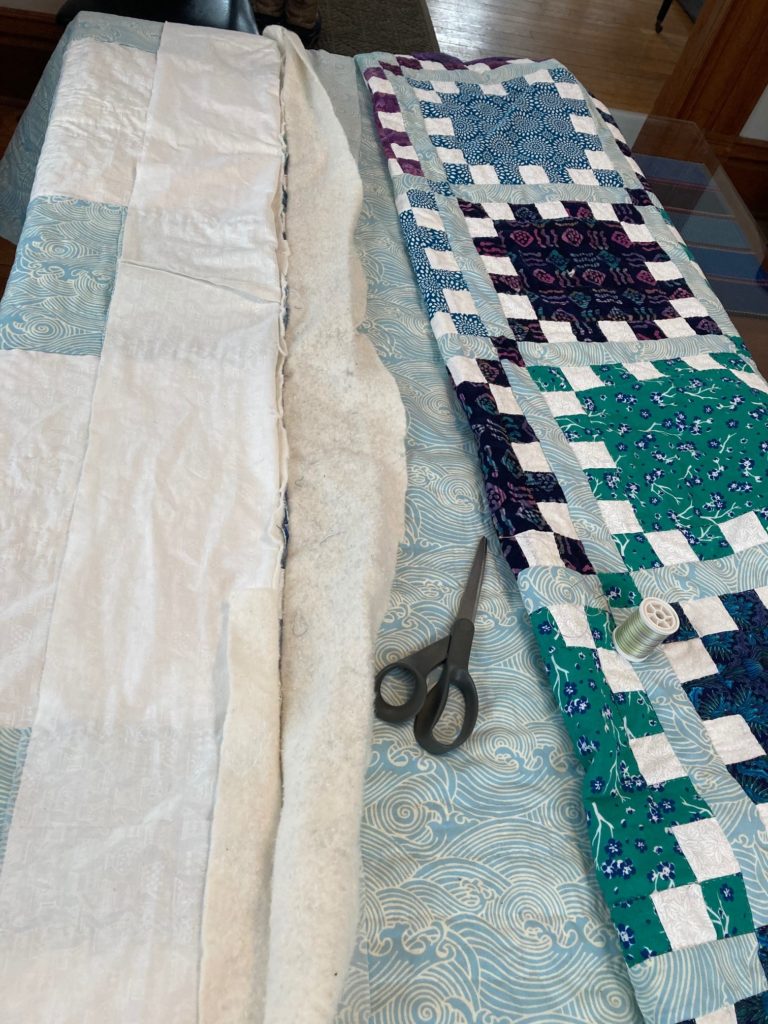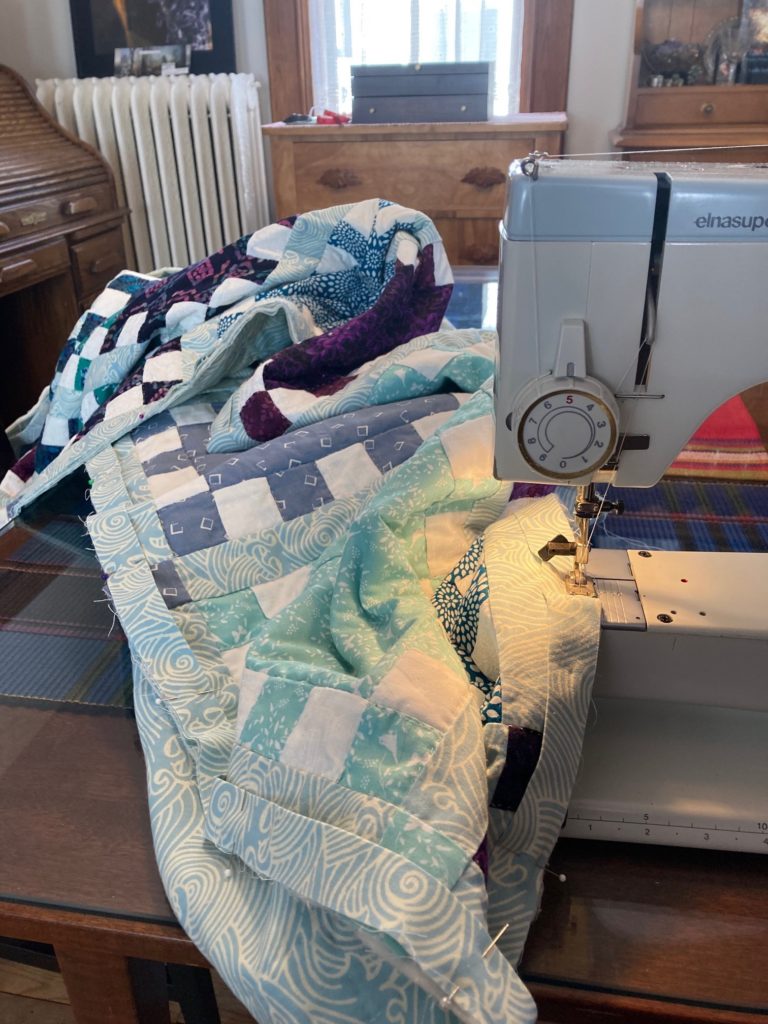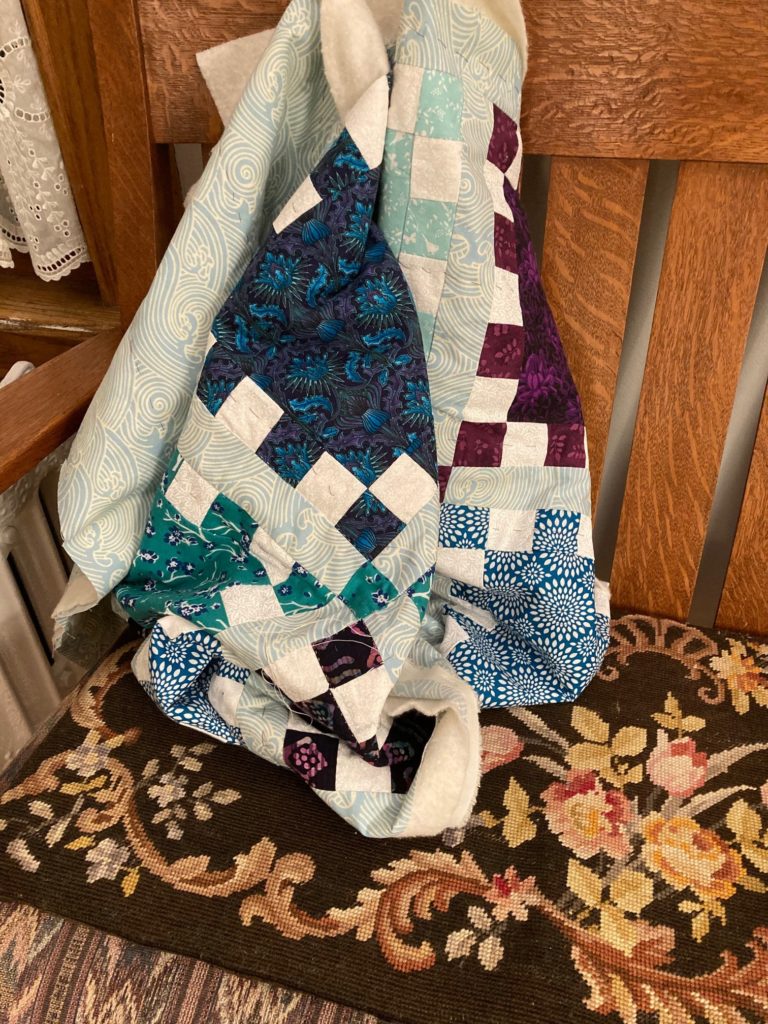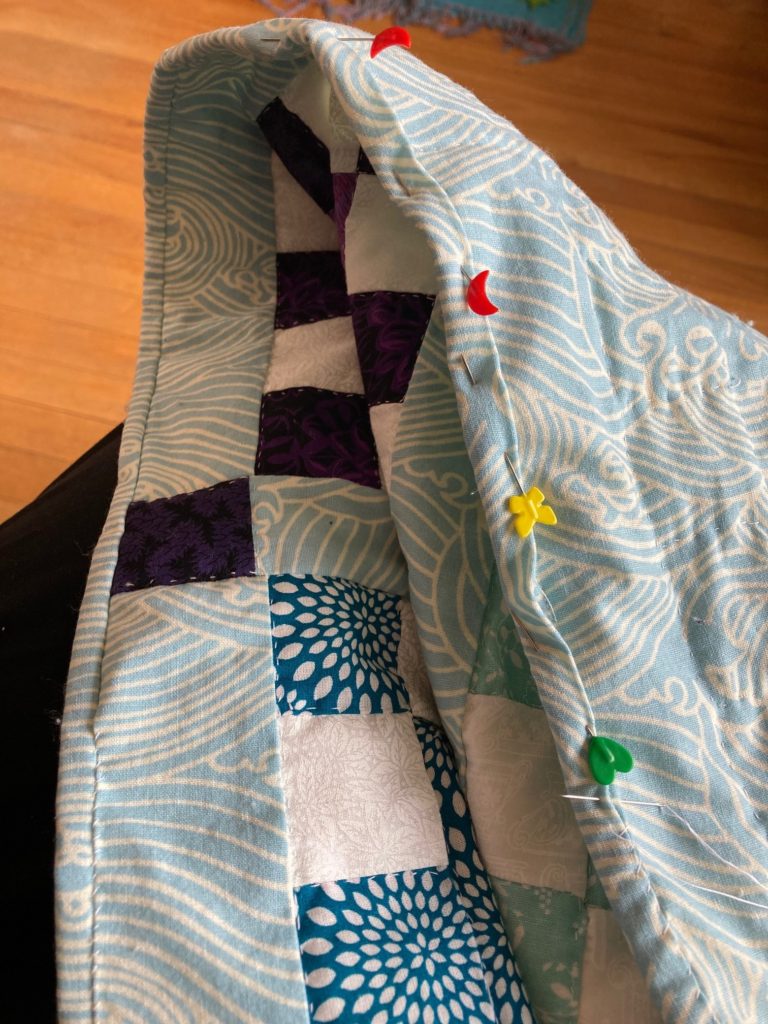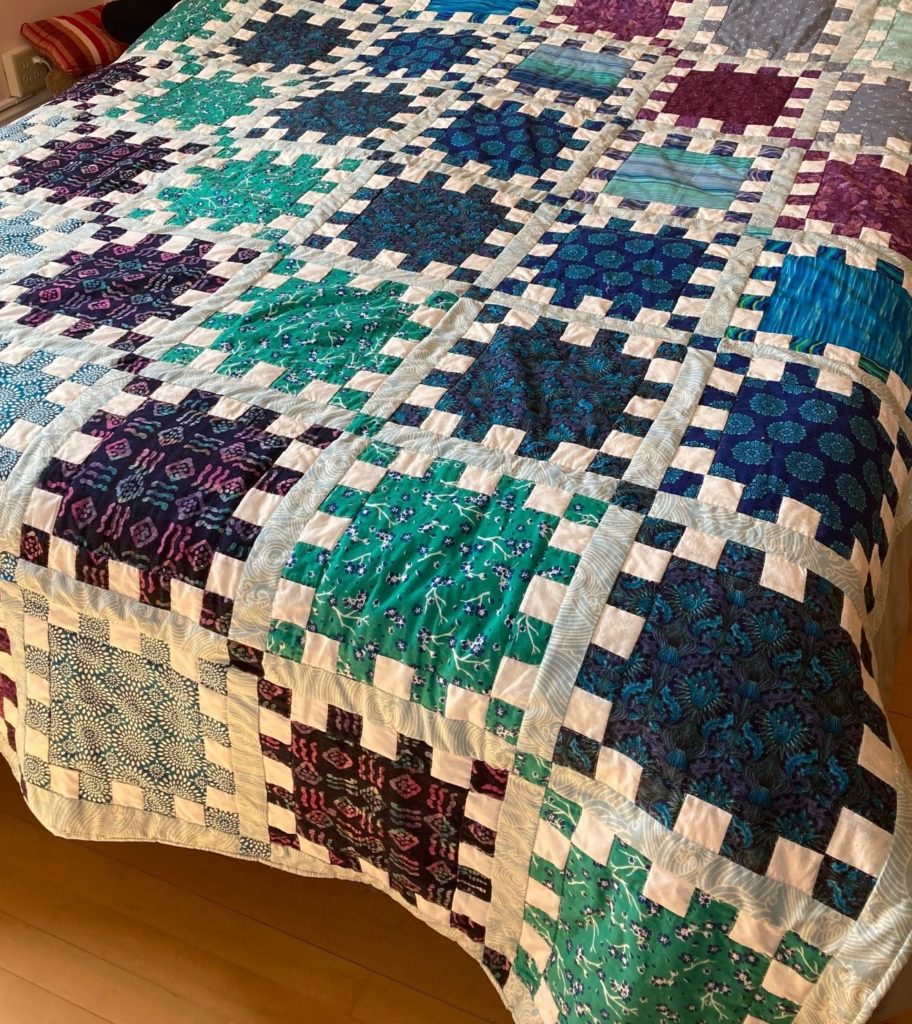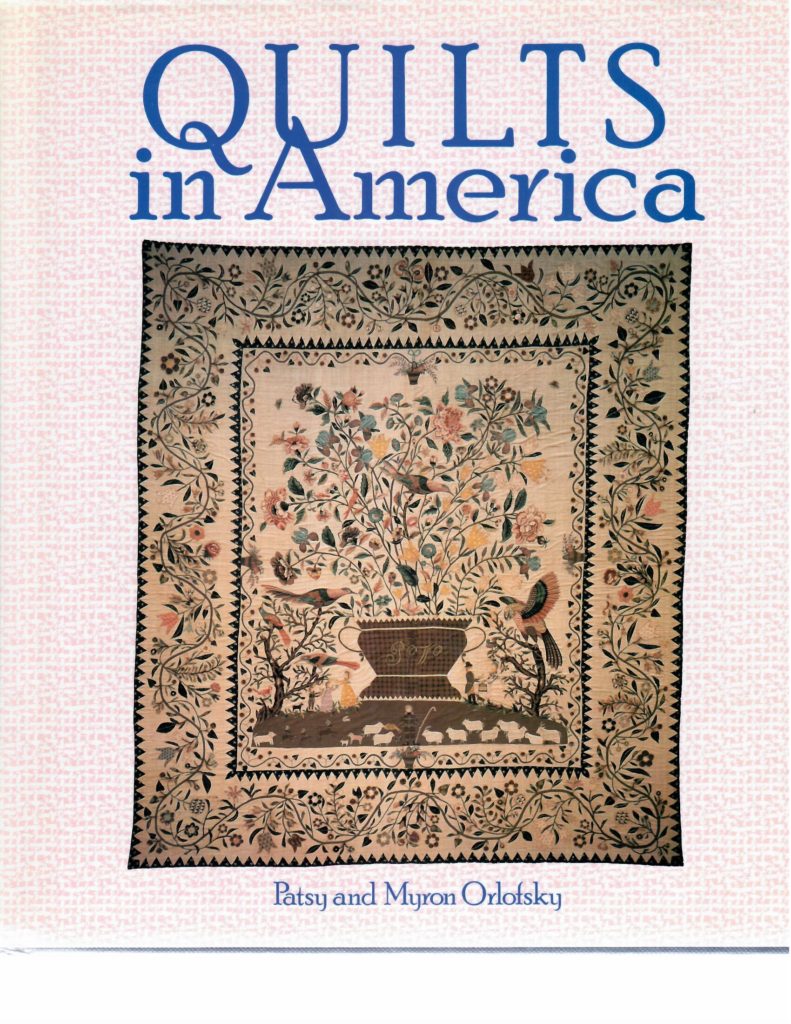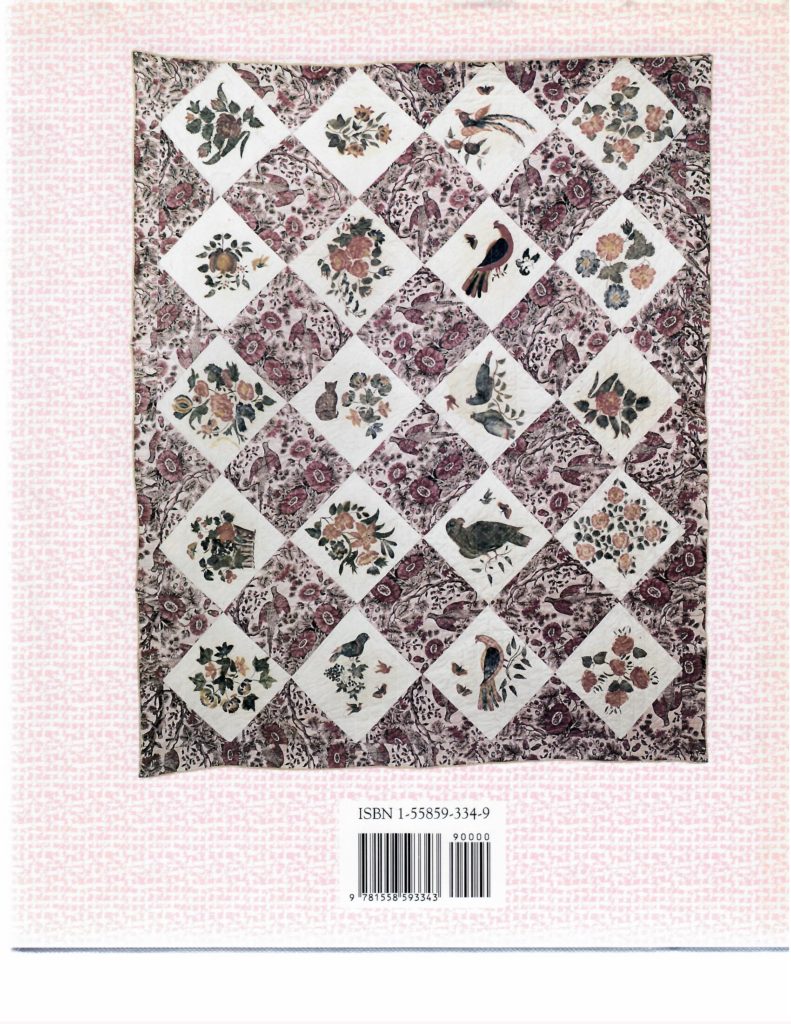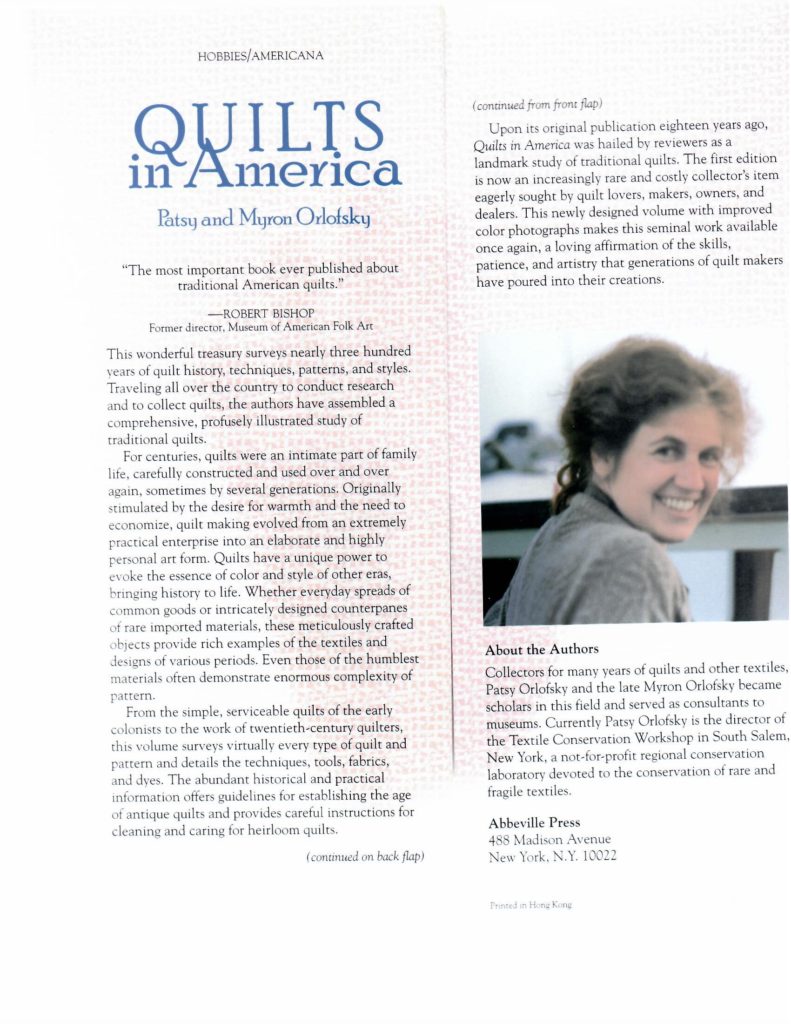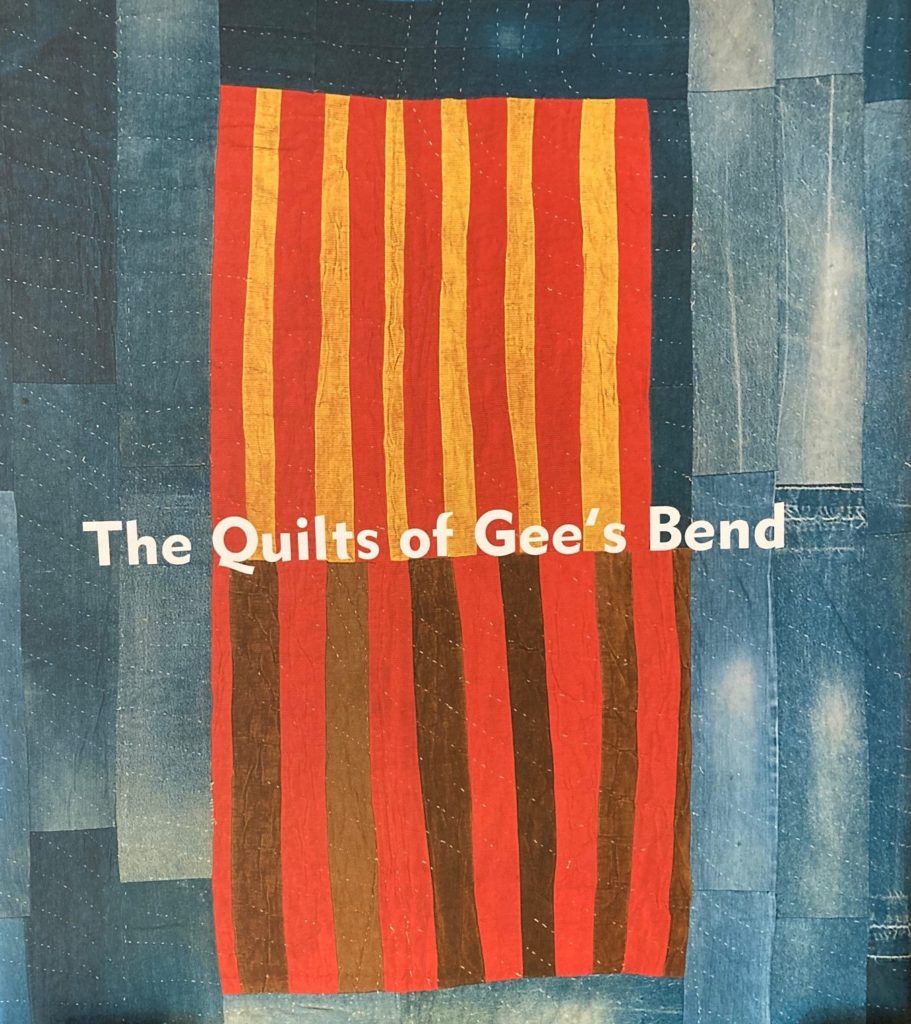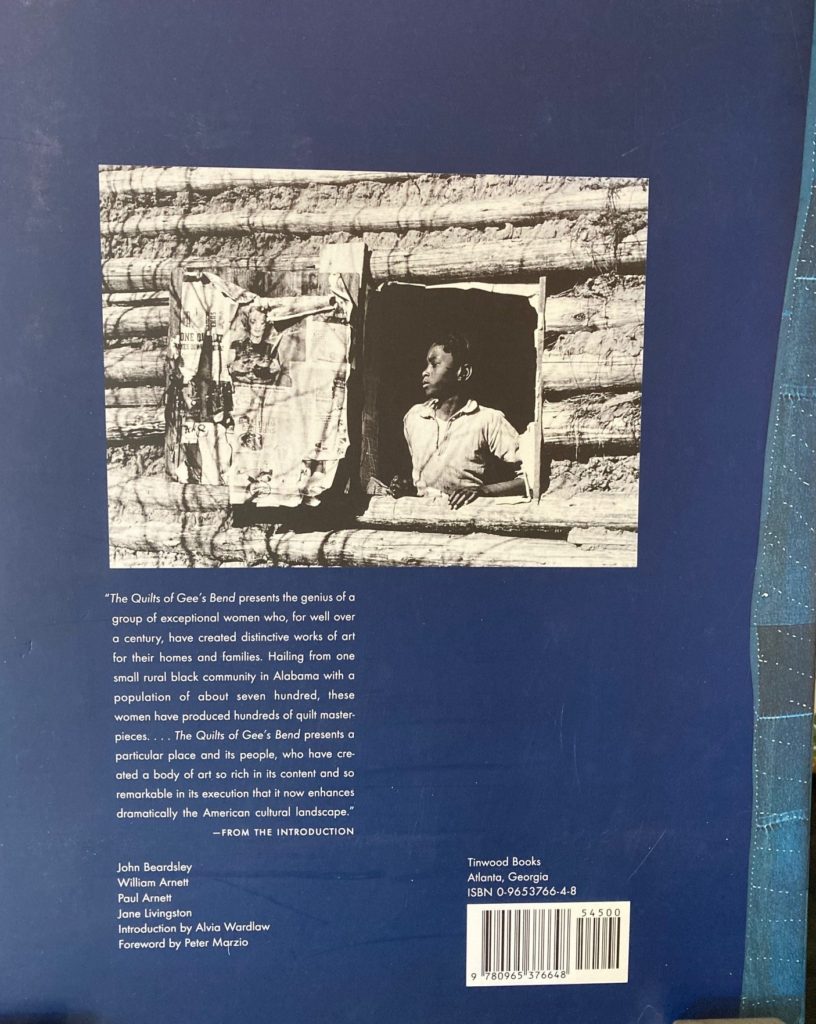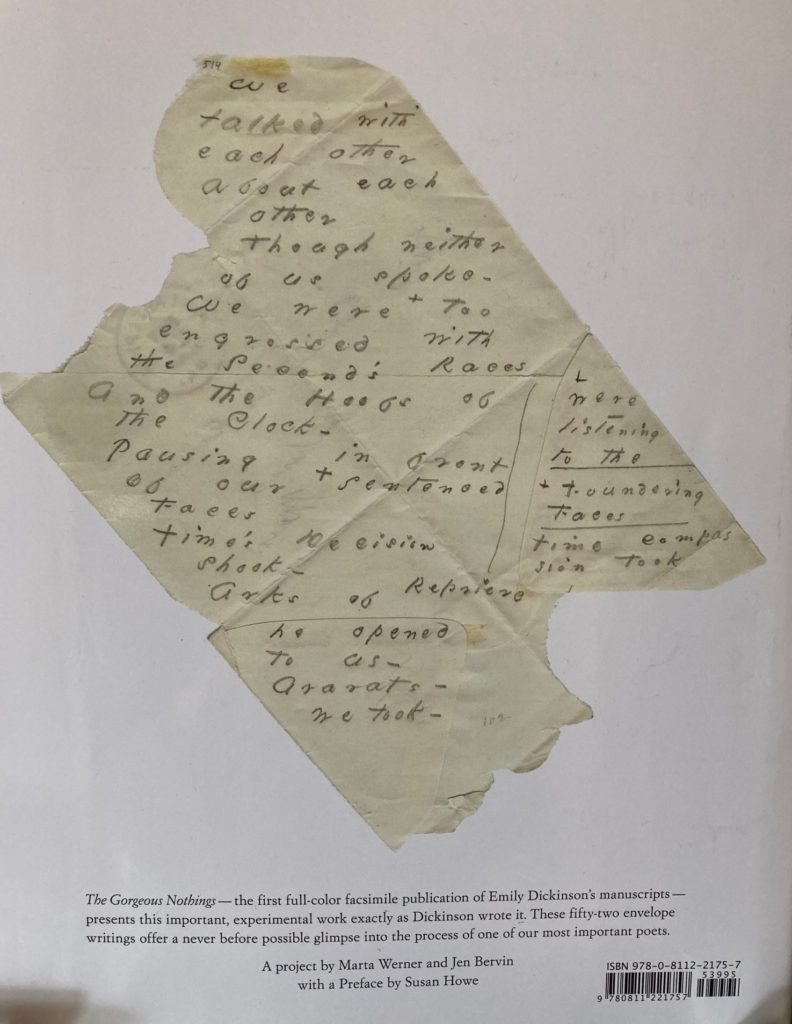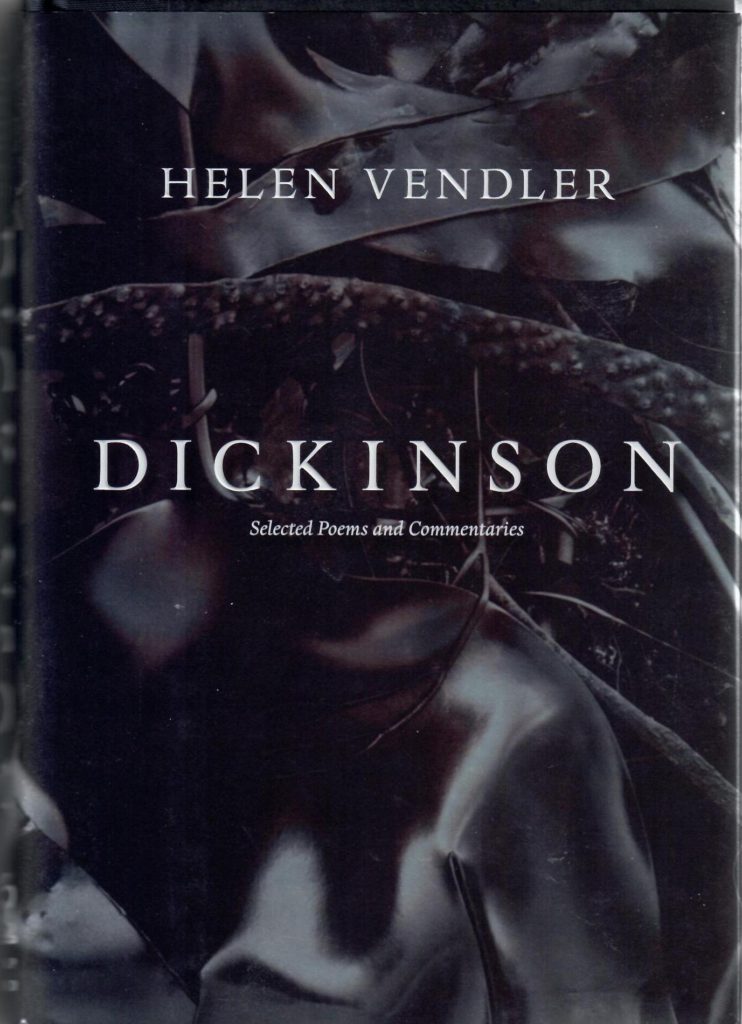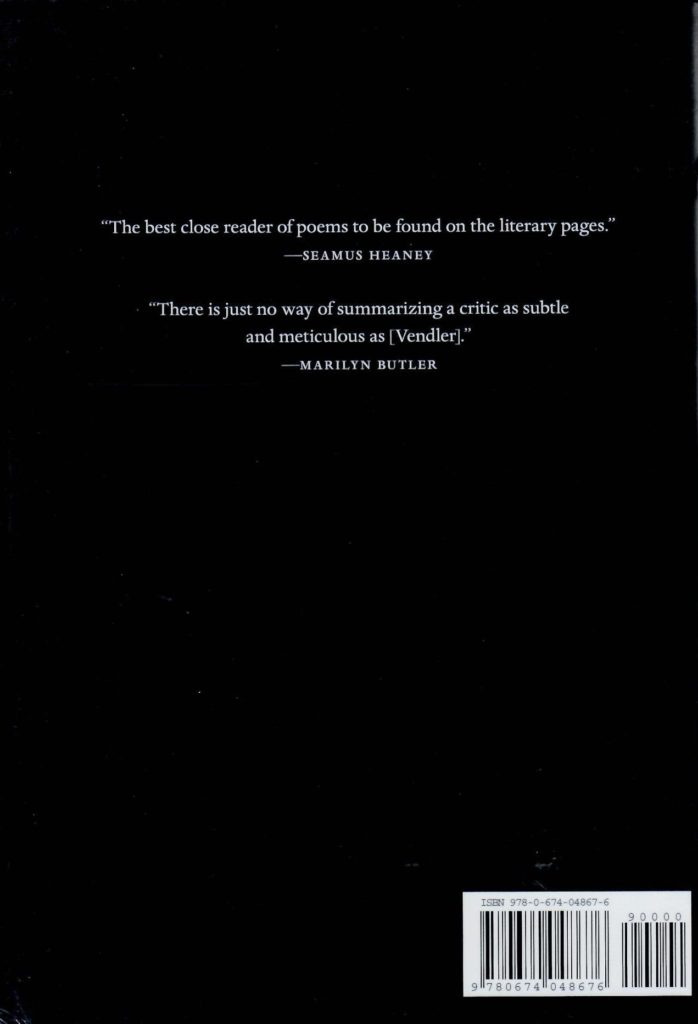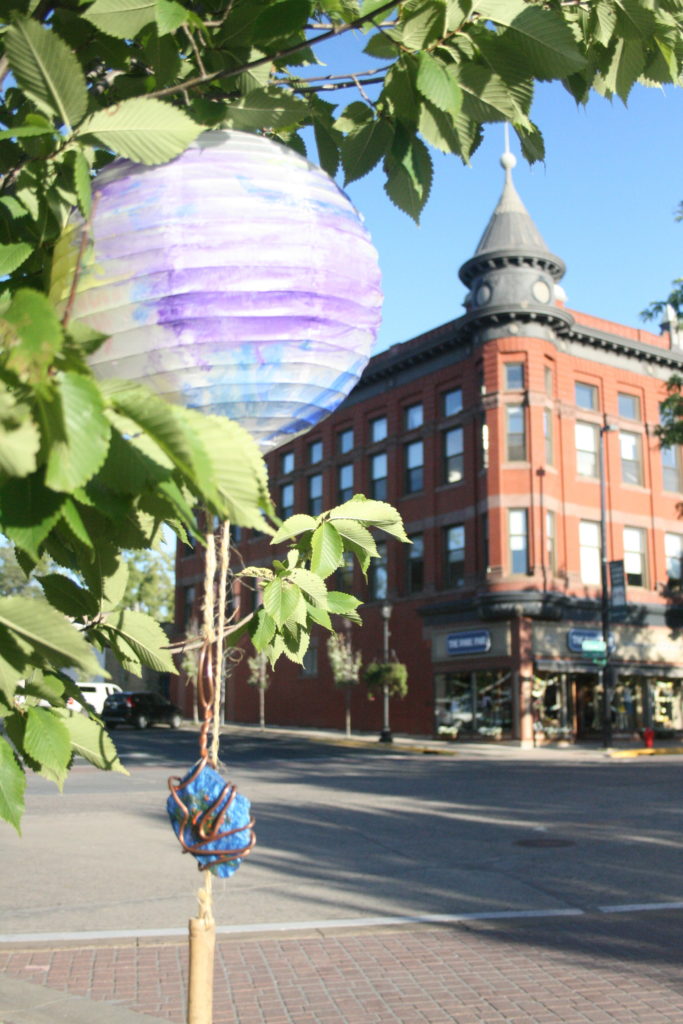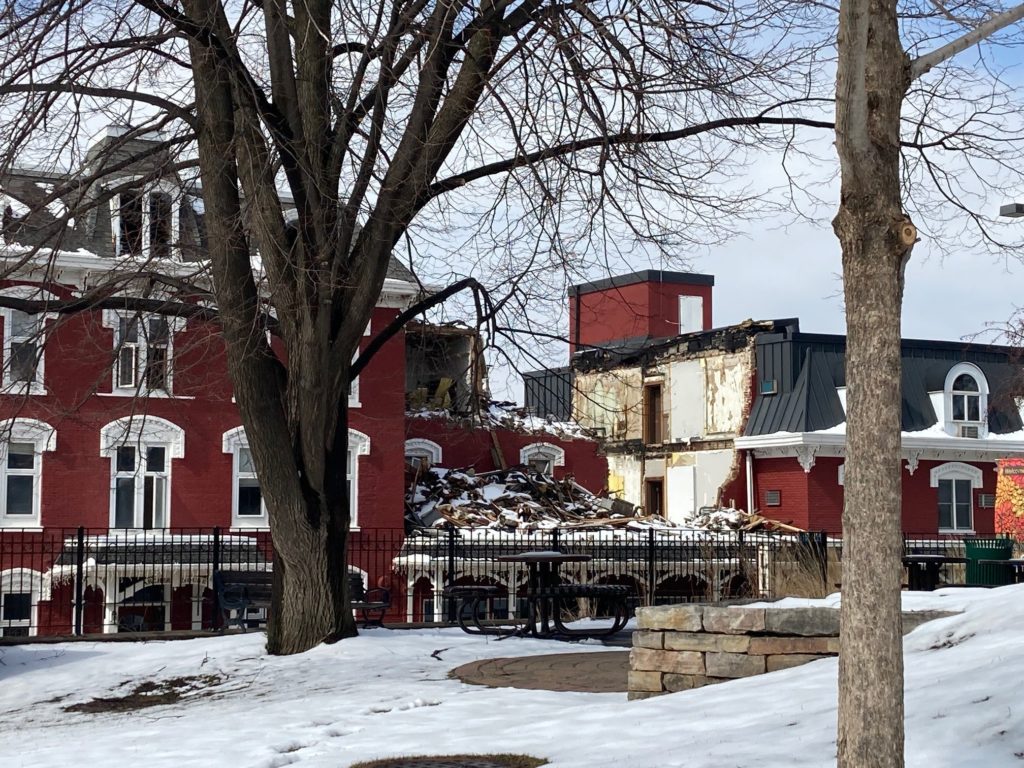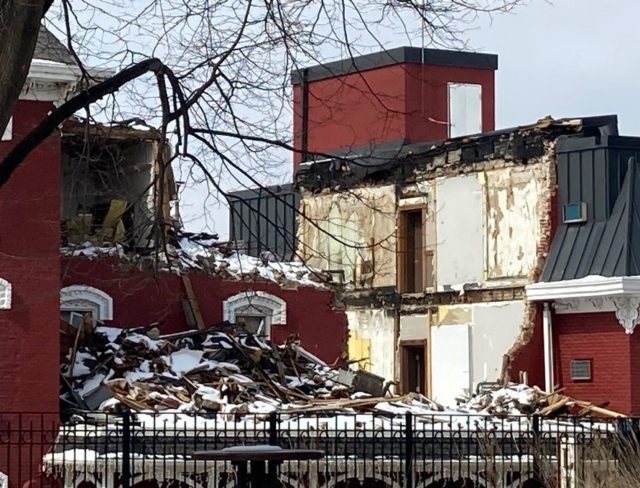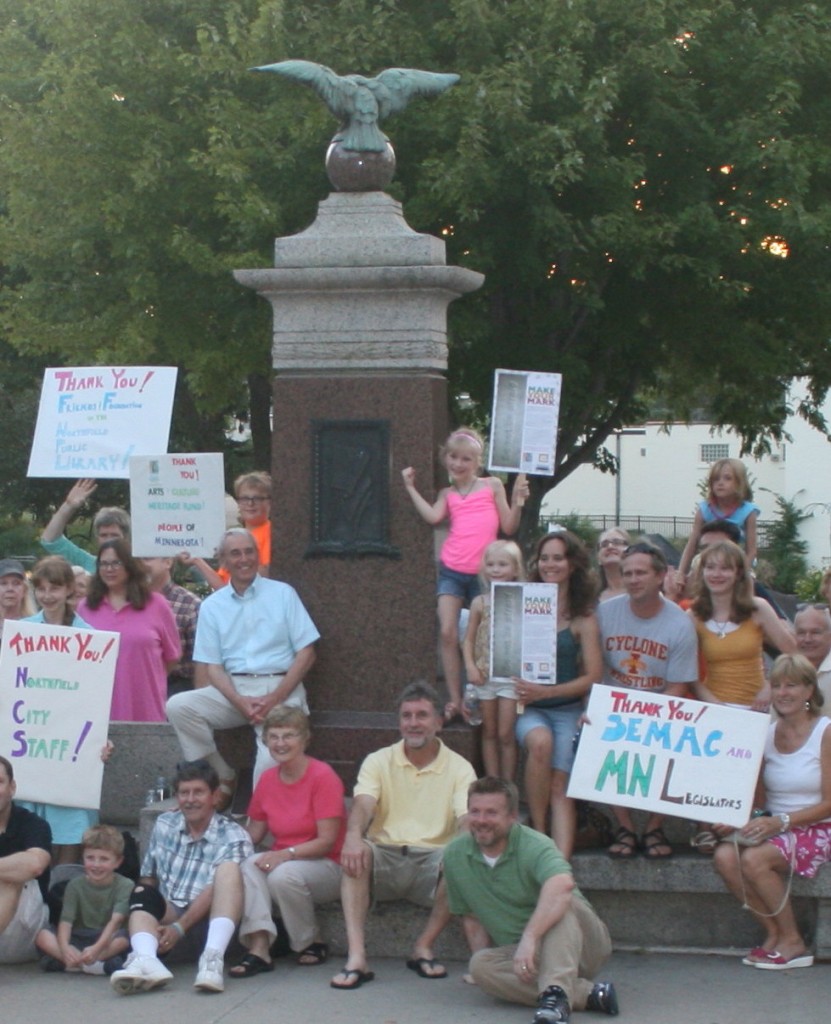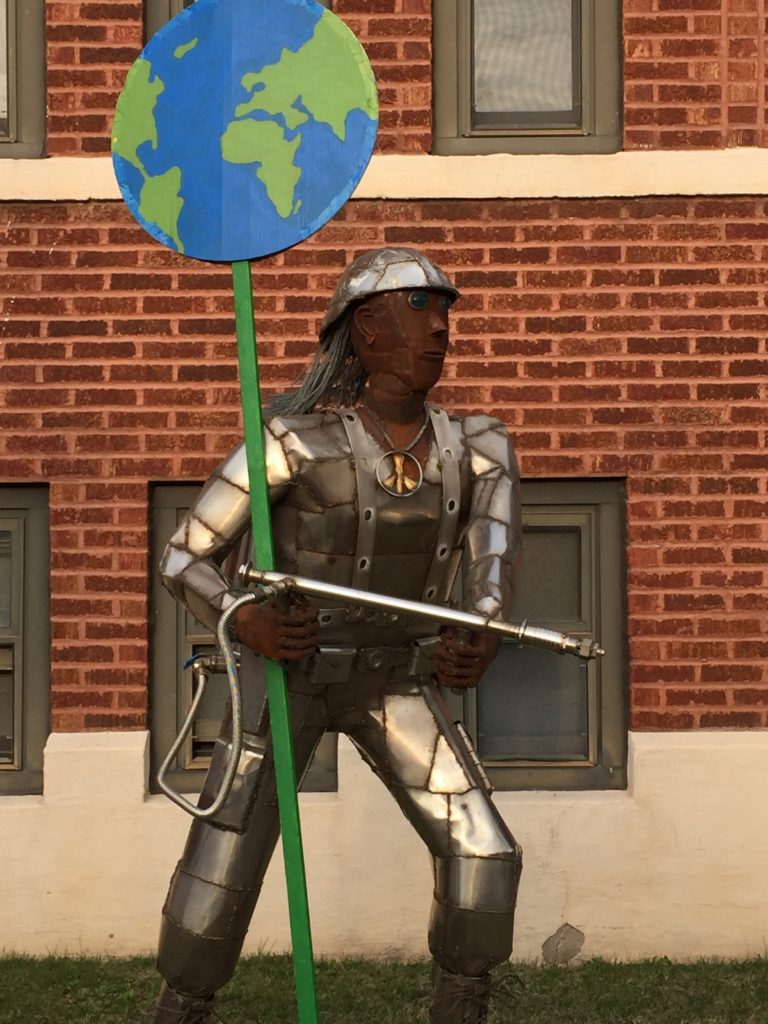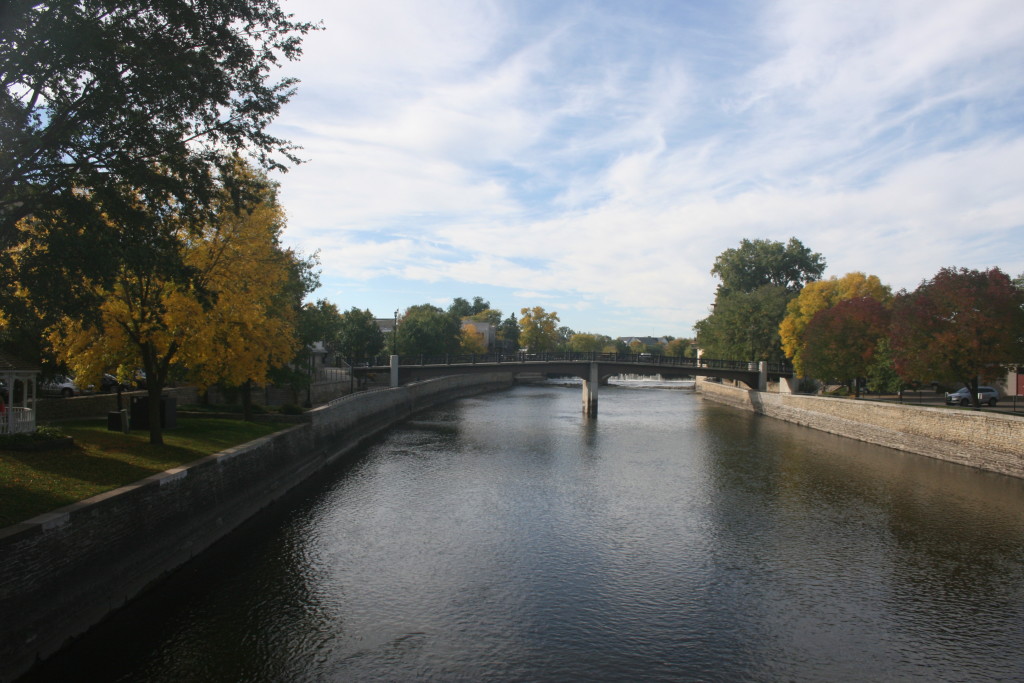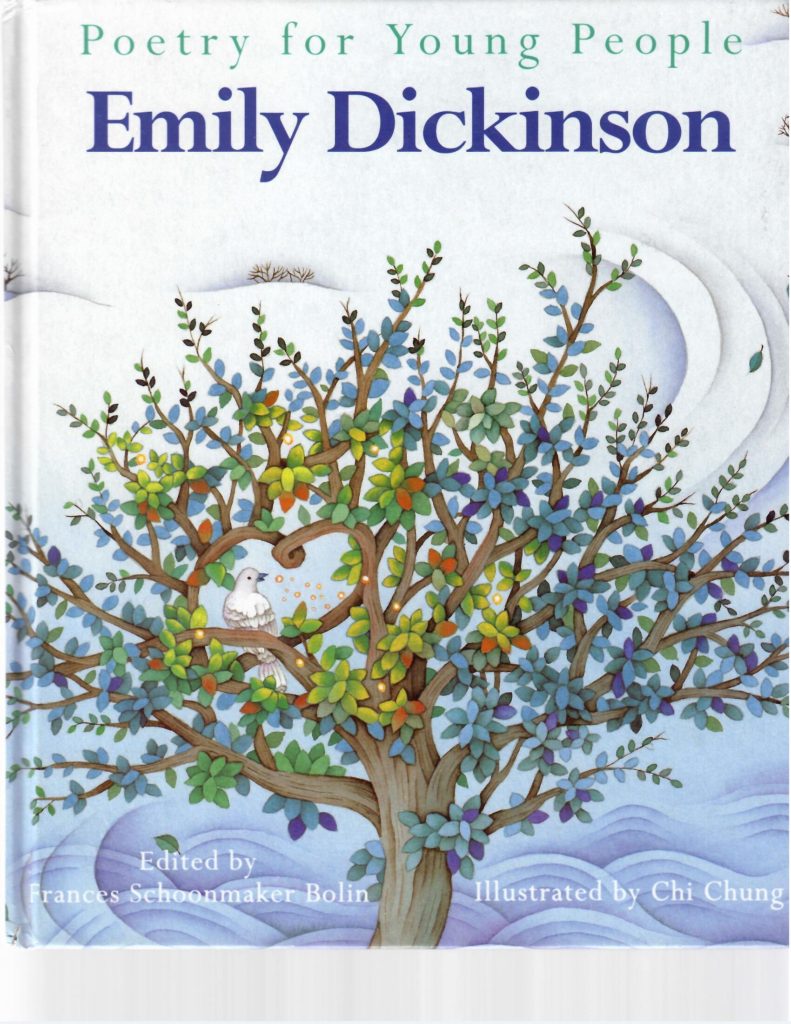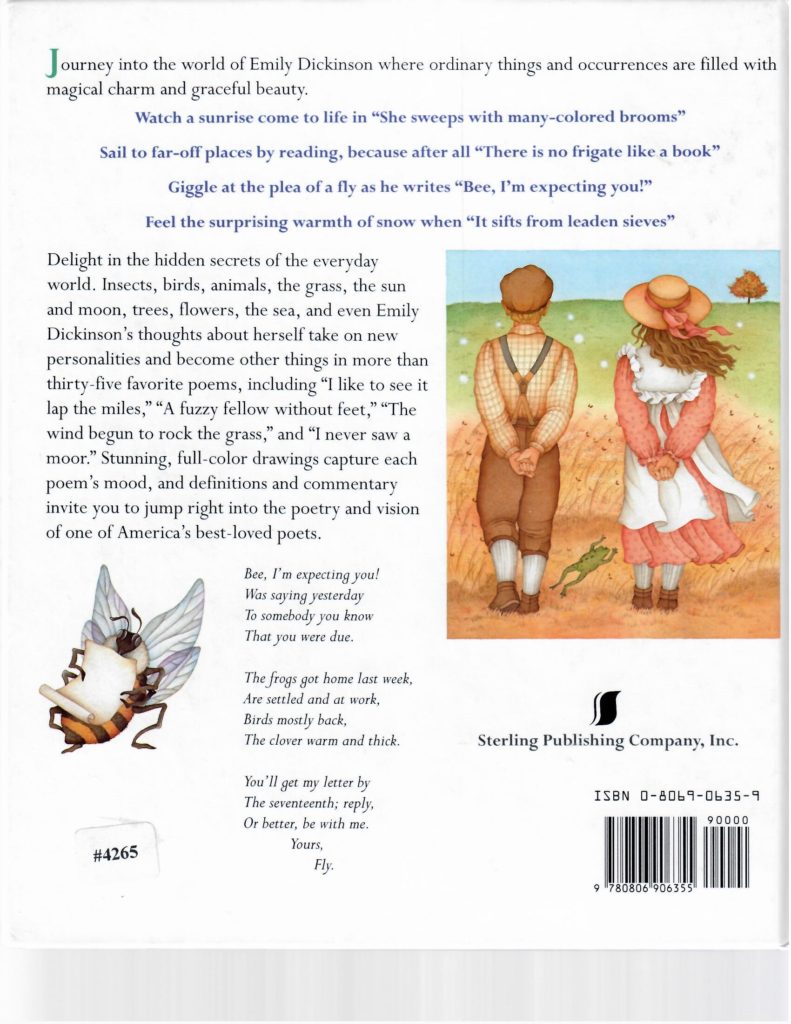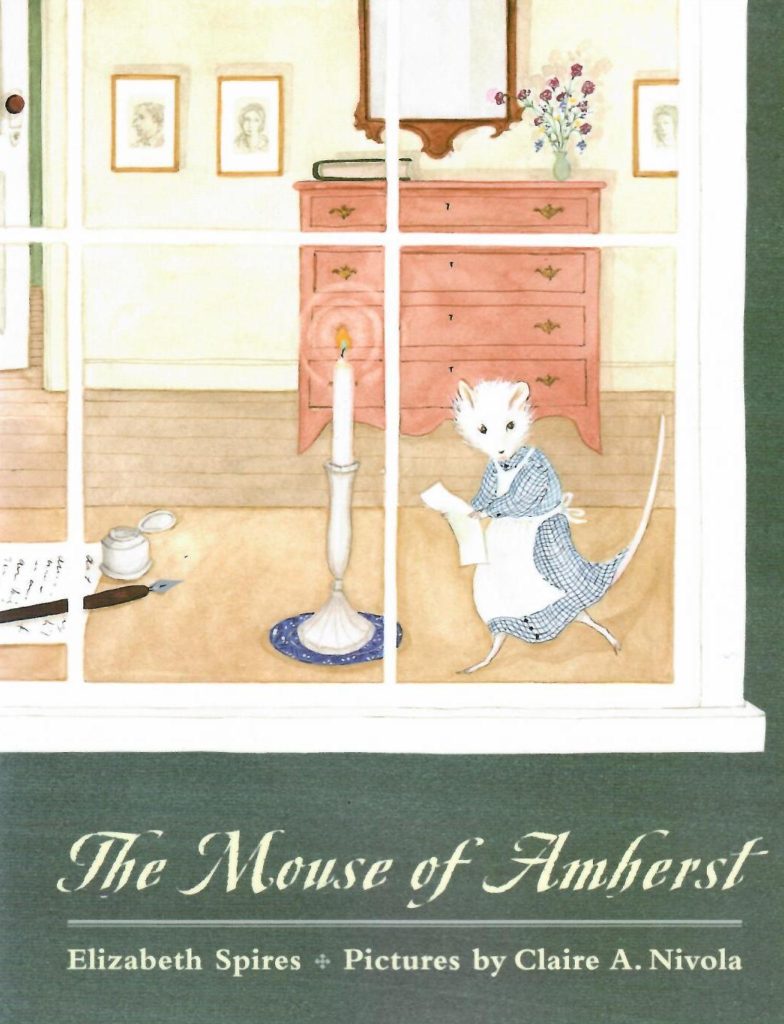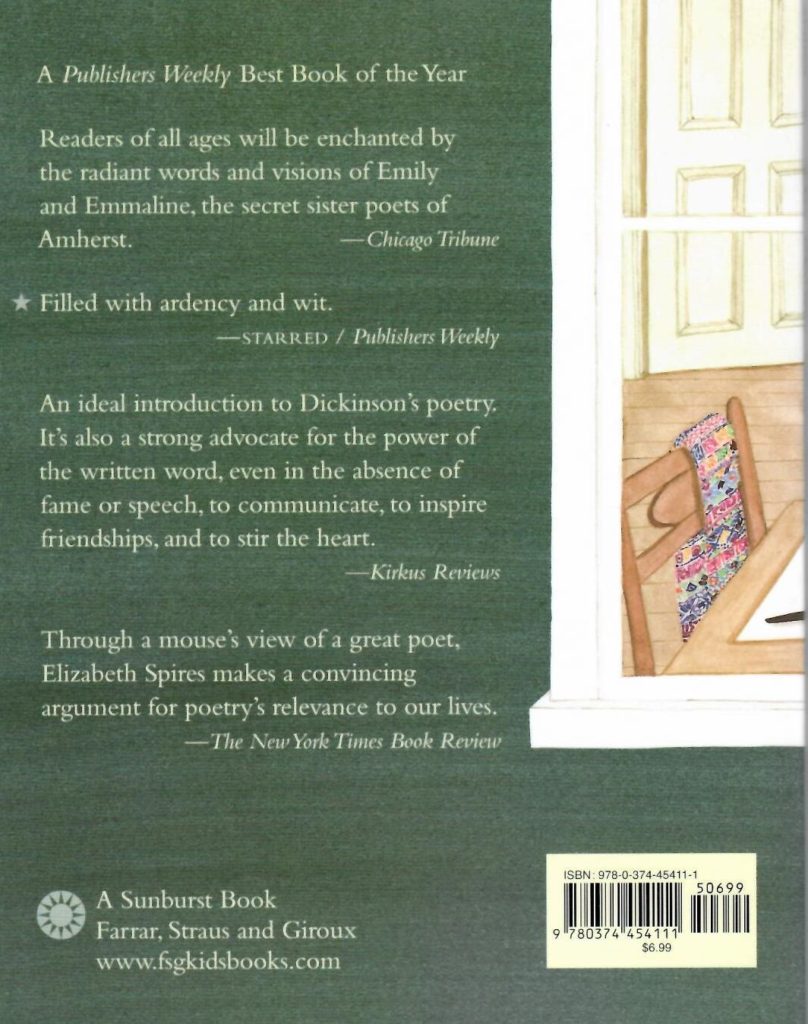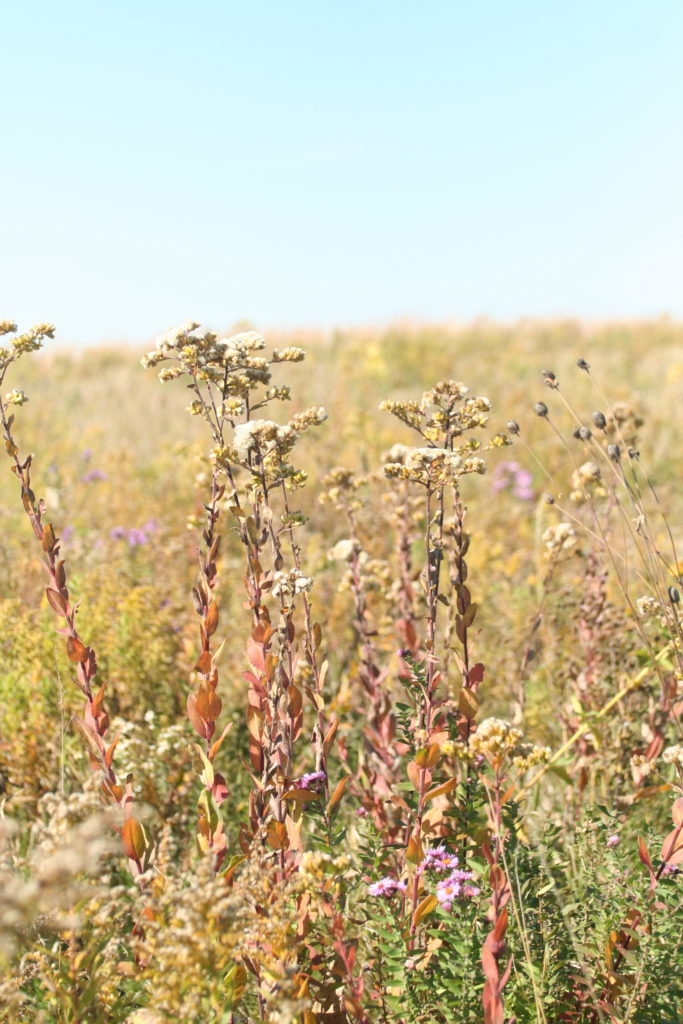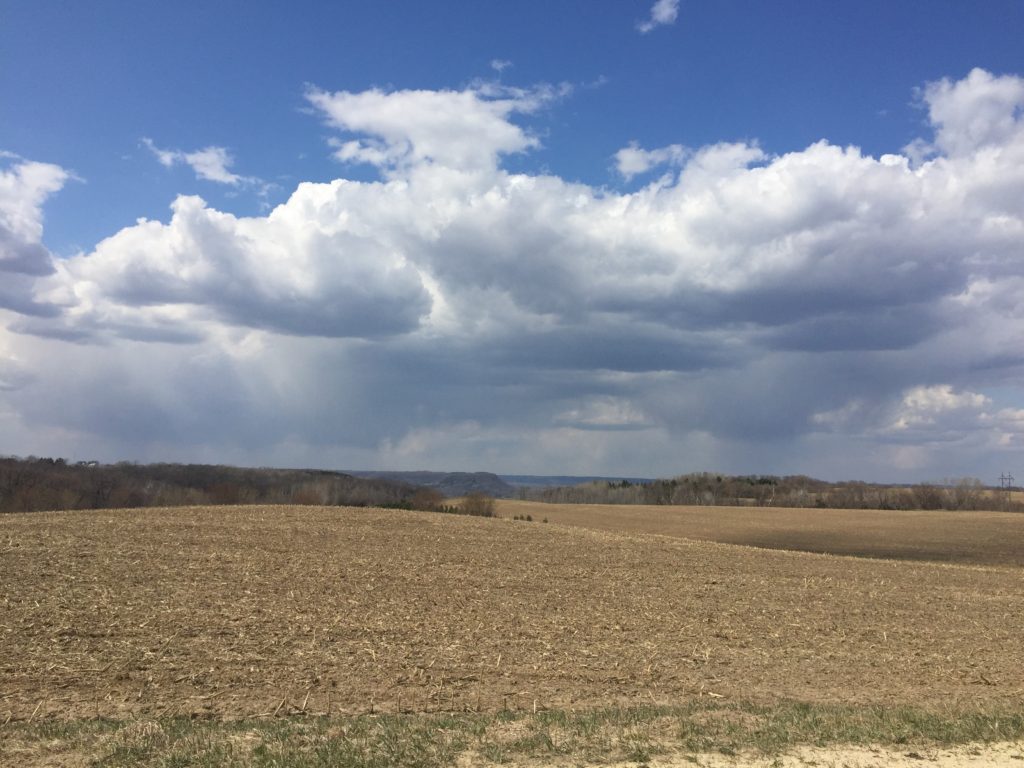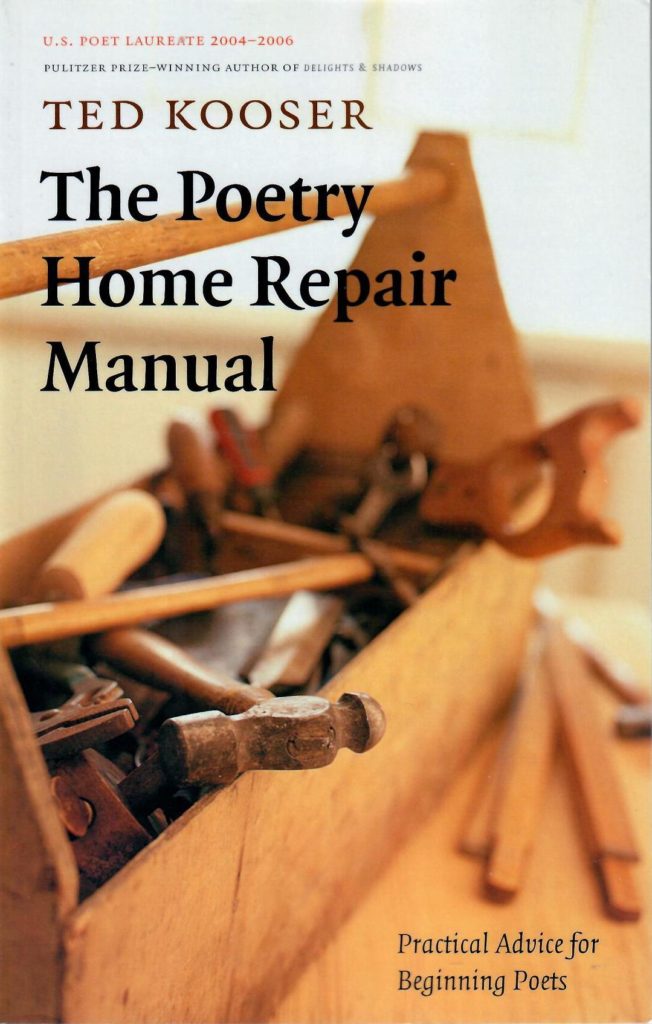
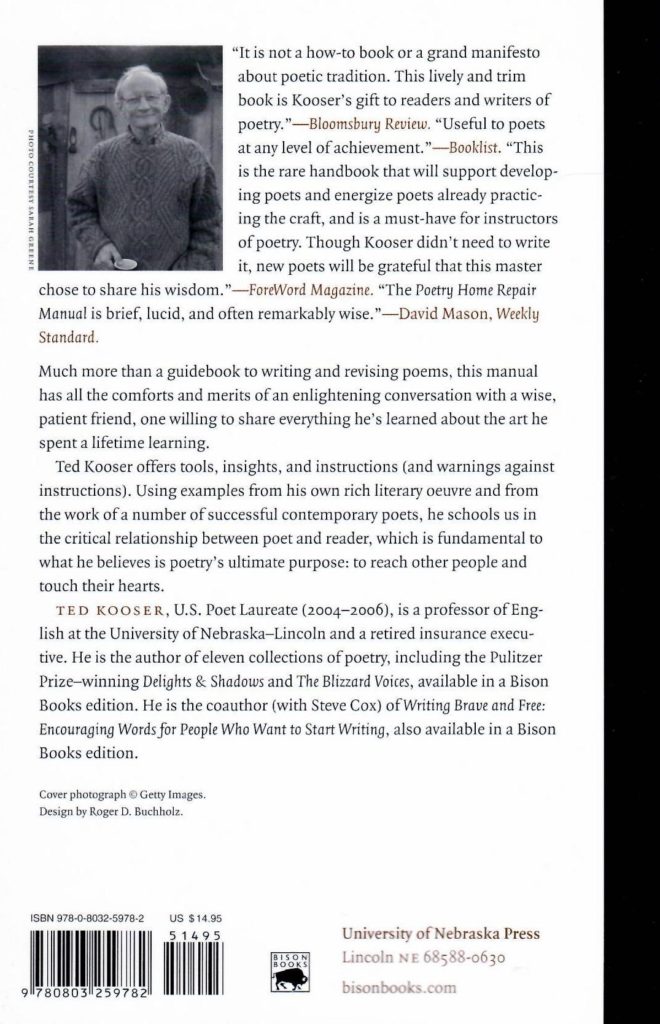
Iowa-born Nebraska-transplant Ted Kooser’s prose is as lucid as fresh, cold well water. Winner of the Pulitzer Prize in Poetry (for Delights & Shadows, 2005) and Poet Laureate/Consultant in Poetry to the Library of Congress (2004-2006), his poetry is both deep and accessible, sophisticated and plain-spoken. He has worked as a publisher, the Vice President of Lincoln Benefit Life Insurance Company, and as a university professor. If you haven’t read a Kooser poem lately, this short one, “A Jar of Buttons,” is one of my favorites, and has permanently changed the way I think about small repairs, small gestures. Video clips, news, and more can be found on his personal website. Though he has recently passed the torch to poet Kwame Dawes, who continues the popular weekly poetry email series, “American Life in Poetry,” that Kooser established in 2005, now, in his vigorous early eighties, Kooser is still very much an active working poet.
This book, which focuses most closely not on generating new poems but how”…the craft of careful writing and meticulous revision…” in order to communicate with readers in the most effective way, is one I return to regularly. The twelve chapter titles begin with: “The Poet’s Job Description,” “Writing for Others,” “First Impressions,” and conclude with: “Fine Tuning Metaphors and Similes” and “Relax and Wait.”
As much as I enjoy (and benefit from) Kooser’s technical advice, I even more taken with his shared thoughts about his own life and reading, the background that informs his opinions. I am engaged whether he is assessing and refining classic advice (perhaps on discussing the willingness to risk “sentimentality” as poet Richard Hugo counsels in his seminal work, The Triggering Town–Kooser is of the mind that “sentimentality” can’t be defined but “gushiness” is easier to identify–or disclosing his earliest motivations for wanting to be taken for a poet without writing a poem. He writes of his very young self, longing to look like, if not actual be a cool chick magnet, “Being a poet was looking the part. I was an artificial poet, a phony, when, by rubbing shoulders with poetry, I gradually became interested in writing it.”)
All this volume has the subtitle “Practical Advice for Beginning Poets,” it is no secret that we are all beginners each time we embark on trying to create something new. For poets and writers, that means facing the blank page, messing it up, and then fixing up the mess without losing the excitement. Although I have published hundreds of poems and written hundreds more that might never be published, which might qualify me as an intermediate professional, I have never outgrown the need for the comfort of wise counselors at my elbow, and through this volume and his own poems, Kooser is one of them.
Regarding the Poem for April 14, 2021, “Pumas”:
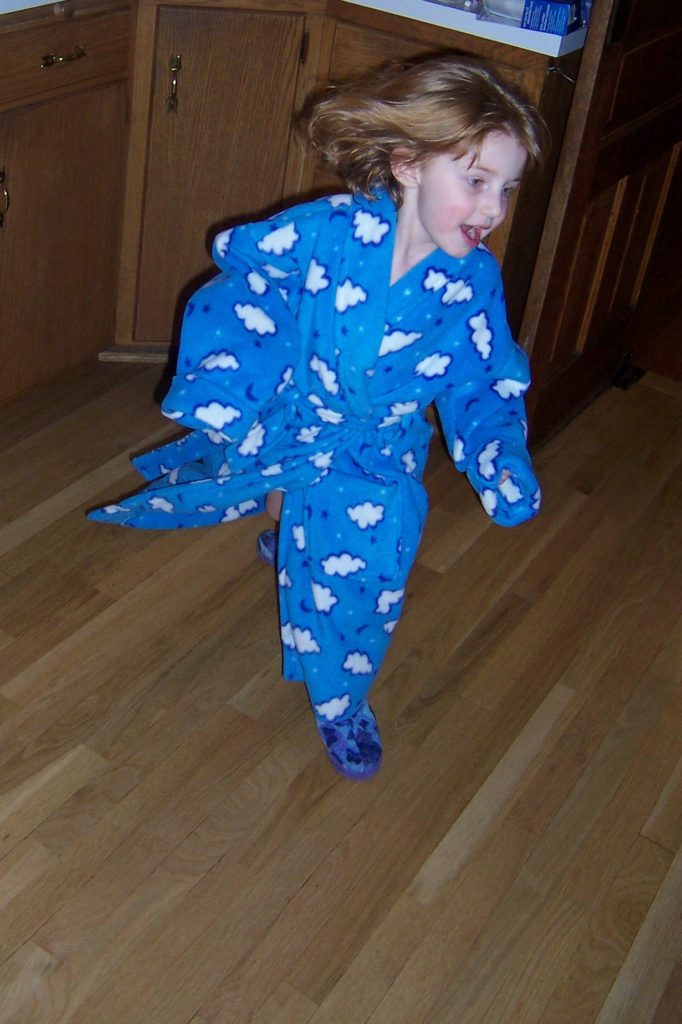
Yes, you get the picture. “The Blur” we called her. Two minutes before, she was a puma. Two minutes before that, an entirely different puma, with a different name and backstory. Two minutes after, she was sleeping like a floating cloud.
Until tomorrow,
LESLIE

